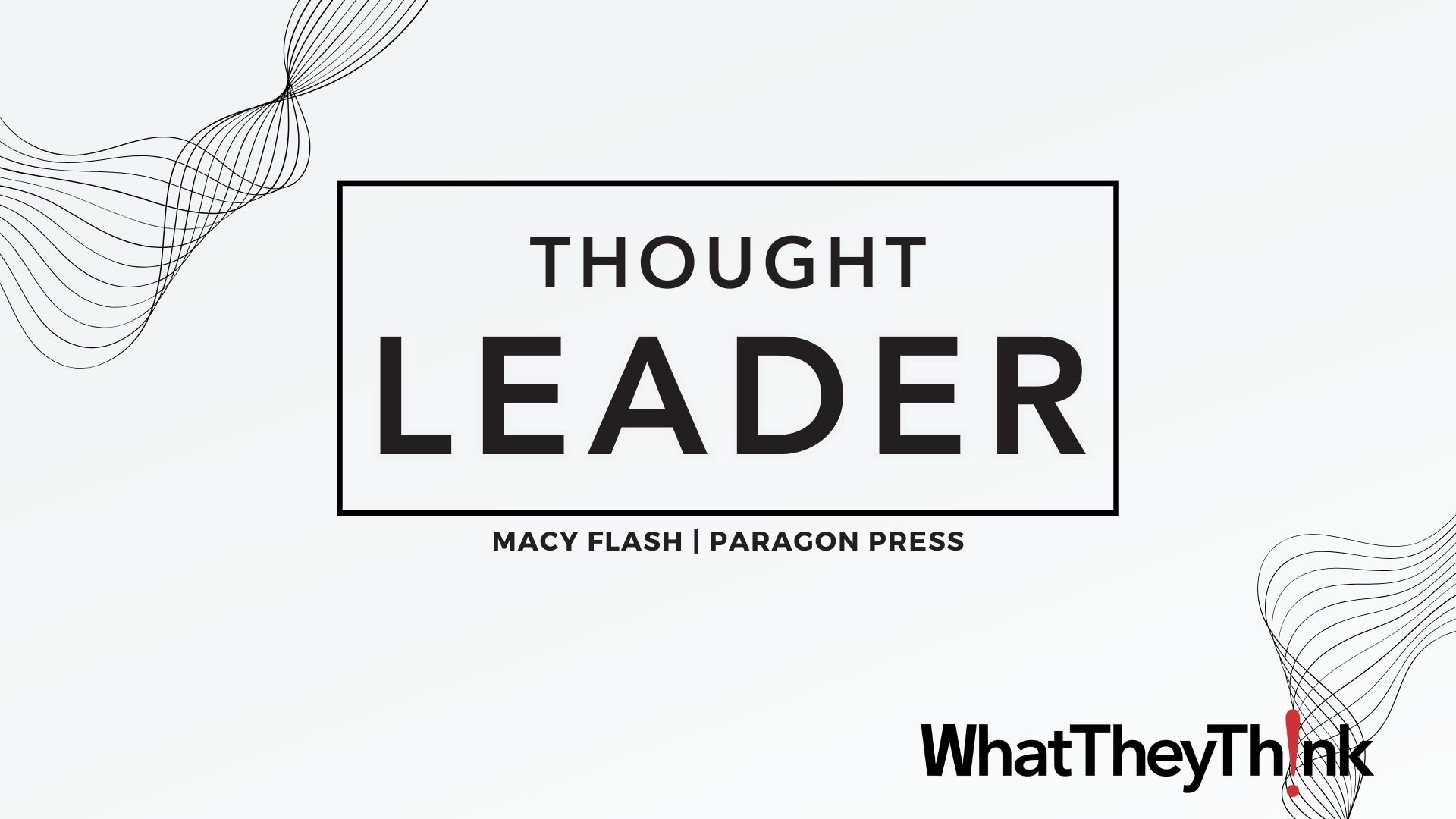Océ Outlines Considerations When Selecting a Wide Format Inkjet Printer
Press release from the issuing company
Wide format inkjet printers enable users to print bigger printouts than the standard media sizes and can easily produce images of startlingly vivid colors, sharp lines and precise details – something many traditional printing presses cannot. These devices range from small inexpensive consumer models to large, more expensive machines used in a business environment and provide a variety of options and capabilities. Applications include full-color presentations, signage, posters, banners, CAD drawings and GIS maps.
When selecting a wide format inkjet printer, it is important to select the equipment that is best suited to your business’s specific needs and goals. Océ, a Canon Group company and an international leader in digital document management, outlines below how to determine which inkjet printing solution is right for you.
The Three Main Print Technologies Used in Inkjet Printers
Wide format inkjet printers are constructed with a printhead and a series of nozzles to spray drops of ink onto paper. There are three main print technologies found in inkjet printers.
- Aqueous: These thermal inkjet printers use a water-based ink and deliver speed, quality, reliability and versatility for indoor printing applications, such as signage, backlit displays and photography.
- Solvent: These printers use inks that are not water-based. For example, piezo inkjet printer inks use petroleum or a petroleum by-product such as acetone as its carrier liquid. The resulting prints are waterproof and durable – often used for heavy graphics, banners and outdoor use.
- U/V: Some piezo inkjet printers use inks that are UV-curable (i.e. the ink dries when exposed to UV light). The resulting prints are waterproof, embossed and vibrant. The ink can be used to print on plastics and other non-porous substrates.
Selecting a Wide Format Inkjet Printer
While there are a variety of devices available, your workflow and desired output will determine which wide format inkjet printer is right for you. In order to best make this decision, consider the following:
- Output size: Wide format inkjet printers have larger maximum widths than standard printers – ranging from a width of 14” to 60”, with almost unlimited maximum lengths. While 36-inches is typically the maximum width required for CAD drawings, some users may need to produce paper documents in a 44” width.
- Application quality: If the documents being produced are intricate with fine lines or small fonts, then you will require a printing system that can accurately and reliably produce every detail, with clarity. While 300 dots per inch (dpi) and 600 dpi are fine for most text-only documents, a higher resolution of at least 600 x 1200 dpi is desirable for graphics and photo applications.
- Media handling: If you use various sizes or types of media, it is important to be able to access multiple media rolls simultaneously. Evaluate how easy it is to load media. Some printers offer the ability to change one roll of media while printing on another. Also important is how and where the printer outputs the work after printing – in a basket or catch bin or collated and stacked. The capability you need is a function of the amount of printing you do and how many users are sending files to the same printer.
- Print volume & workgroup productivity: If your site produces a large volume of prints or scans, make sure the printer you choose can keep up with your high volume workflow. With the advent of larger workgroups, older printing systems can become a bottleneck that can impede productivity. Waiting for large files to process and print, managing the print queue, preventing misprints, replacing consumables, tracking costs and protecting sensitive documents are issues that may arise as more people use the printer. Make sure the wide format inkjet printer you choose can grow with your business.
- Multifunction capabilities: Multifunction inkjet printers give users the option to print, scan, and copy all at the touch of a button, which can be very convenient, especially if your production will be growing in the future.
Users who often outsource prints larger than 8.5” x 14” – such as CAD drawings, large-scale photos, posters, banners and other large printouts – will benefit the most from owning a large format inkjet printer by reducing the cost of outsourcing each time a large printout is needed. These considerations will help determine which wide format inkjet printer is right for you.
Download the Océ Large Format Inkjet Buyer’s Guide at www.oceusa.com/IJPrinterGuideNB to learn more.

WhatTheyThink is the official show daily media partner of drupa 2024. More info about drupa programs
© 2024 WhatTheyThink. All Rights Reserved.









Discussion
Join the discussion Sign In or Become a Member, doing so is simple and free